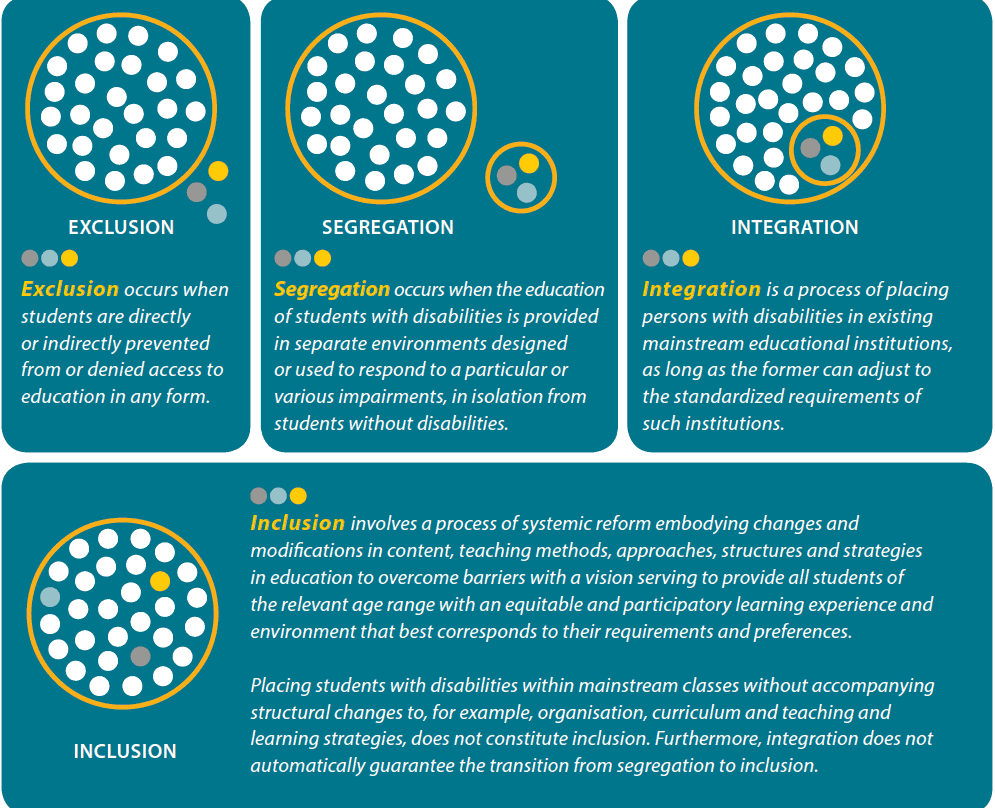Understanding EDI
Equity
Equity can be understood as the removal of systemic barriers and biases, to enable all individuals to have equal opportunity to access and benefit from all aspects of society. Equity is not the same as equality. Equity is a measure of justice. (Race Forward, 2023)
Equality
Equality is sameness; everyone gets the same thing. Equality focuses on everyone getting the same opportunity but often ignores the realities of historical exclusion and power differentials among groups. (Race Forward, 2023)
Distinction Between Equity and Equality
Equality uses the same strategies for everyone, but because people are situated differently, they are not likely to work for, or benefit, everyone. Equity uses strategies that address historical and current realities of systemic and structural barriers to improve access to opportunity and fairness in outcomes. (Race Forward, 2023)
Note: Focusing on diversity, without addressing equity, can be superficial and problematic. Centering equity can benefit everyone.
Busara Center. (2020). Recreated from Tony Ruth’s depiction of Shel Silverstein’s The Giving Tree. https://medium.com/busara-center-blog/is-your-data-inclusive-ddd59933f108
Diversity
Diversity is defined as differences in identity (i.e., race, place of origin, religion, immigration and newcomer status, ethnic origin, ability, sex, sexual orientation, gender identity, gender expression and age). It is important to remember that diversity is a quantitative representation of difference. Diversity facilitates awareness of issues related to equity and inclusion through representation, but it is not sufficient, nor is it the goal. Diversity does not inevitably lead to inclusion or equity because it does not address realities of positionality, intersectionality, capital (human, social, etc.) and power dynamics.
Inclusion
Inclusion means authentically bringing historically excluded individuals and/or groups into processes, activities, and decision-making in a way that shares power. (Racial Equity Tools Glossary, 2022) Inclusion is about validating and welcoming people's characteristics so that they feel that they belong and that what they do, think, and say matters. Inclusion means that people are not only accepted but also valued as their authentic selves. (Race Forward, 2023)
Distinction Between Diversity and Inclusion
You can have diversity without inclusion (e.g. tokenism, assimilation). You can’t have inclusion without diversity. Focusing on inclusion gets you further than just focusing on diversity. (Race Forward, 2023)
The following diagram uses the example of differing abilities in the classroom to illustrate the difference between diversity and inclusion.

Image from alana.org.br/en/ (2016) "A SUMMARY OF THE EVIDENCE ON INCLUSIVE EDUCATION" https://alana.org.br/wp-content/uploads/2016/12/A_Summary_of_the_evidence_on_inclusive_education.pdf
Sources:
Race Forward. (2023). What is Racial Equity? Race Forward. Retrieved from https://www.raceforward.org/what-racial-equity-0
Busara Center. (2020). Recreated from Tony Ruth’s depiction of Shel Silverstein’s The Giving Tree. https://medium.com/busara-center-blog/is-your-data-inclusive-ddd59933f108
PERC (Pediatric Emergency Research Canada). (n.d.). Best Practices In Equity, Diversity & Inclusion (EDI). PERC. https://perc-canada.ca/best-practices-in-equity-diversity-inclusion-edi/
Racial Equity Tools Glossary (July 2022). MP Associates, Center for Assessment and Policy Development, and World Trust Educational Services. Retrieved from https://www.racialequitytools.org/glossary.
Alana.org.br/en/ (2016) "A SUMMARY OF THE EVIDENCE ON INCLUSIVE EDUCATION" https://alana.org.br/wp-content/uploads/2016/12/A_Summary_of_the_evidence_on_inclusive_education.pdf







